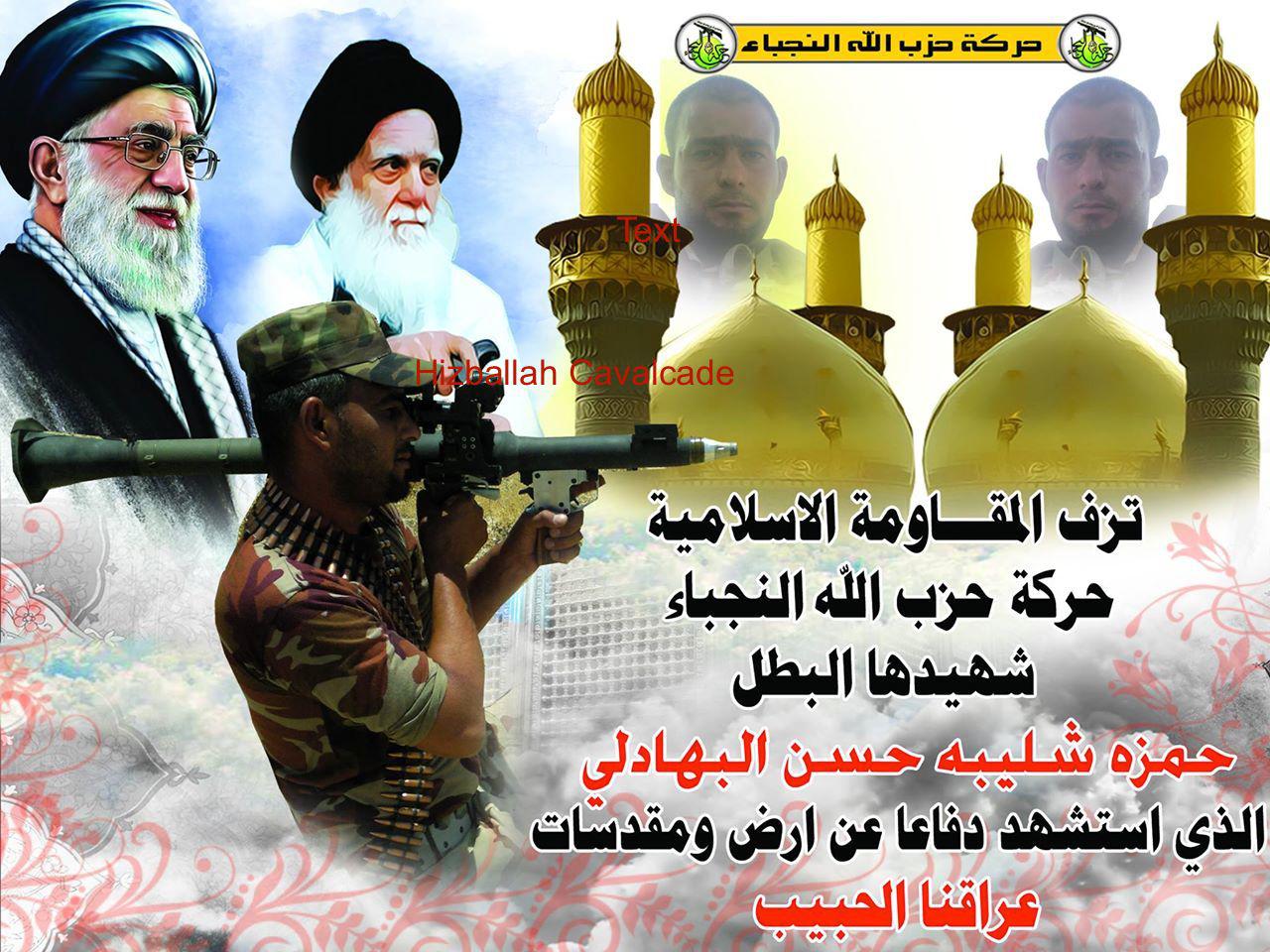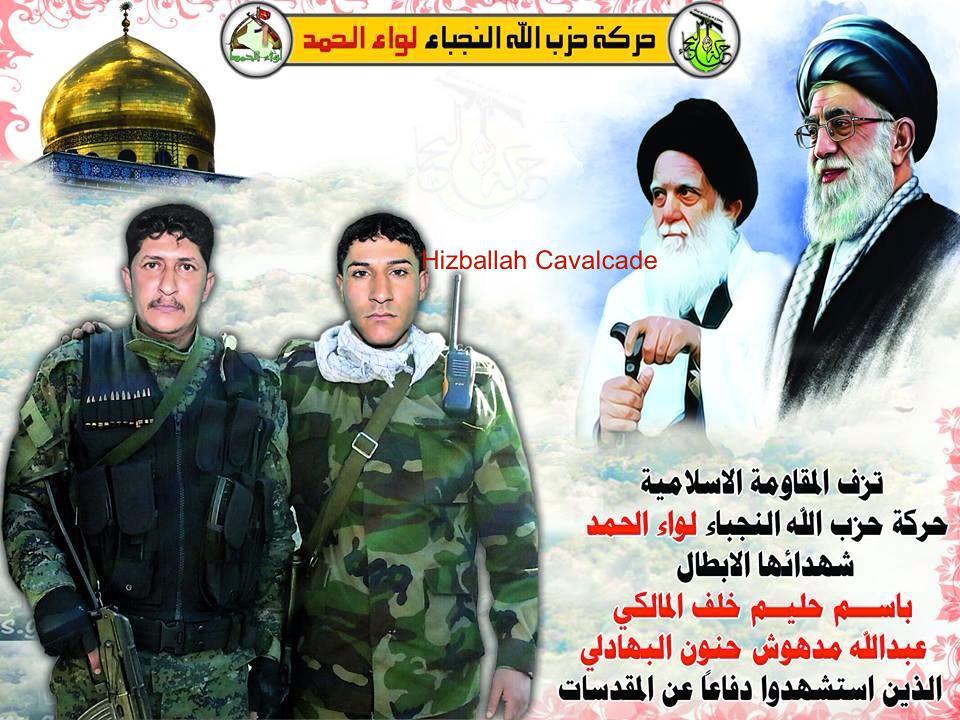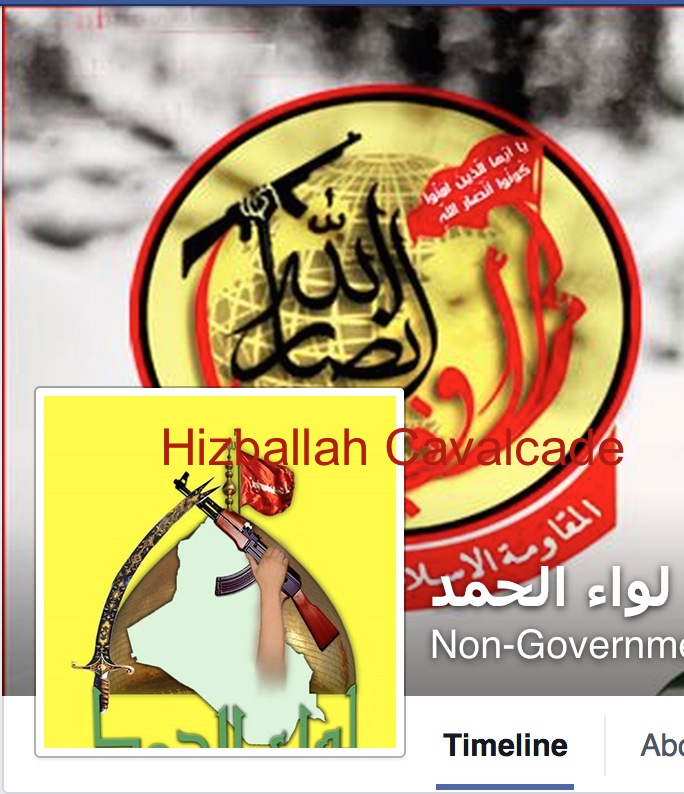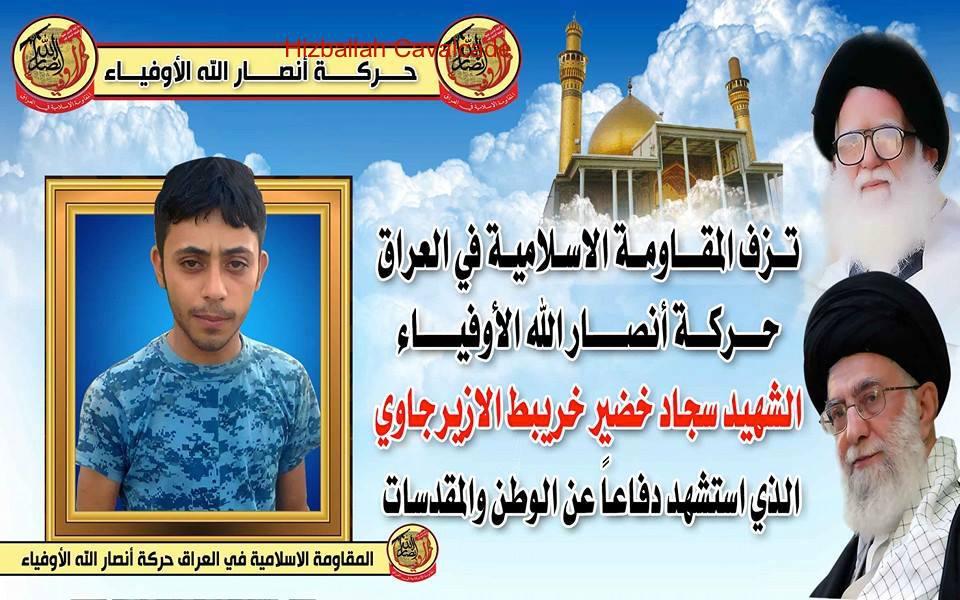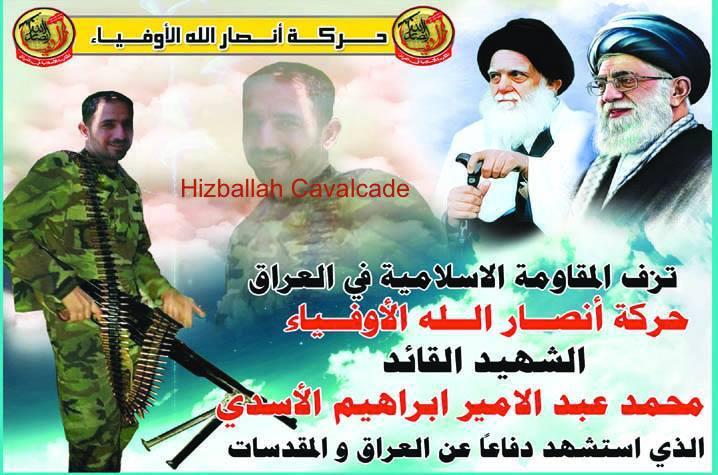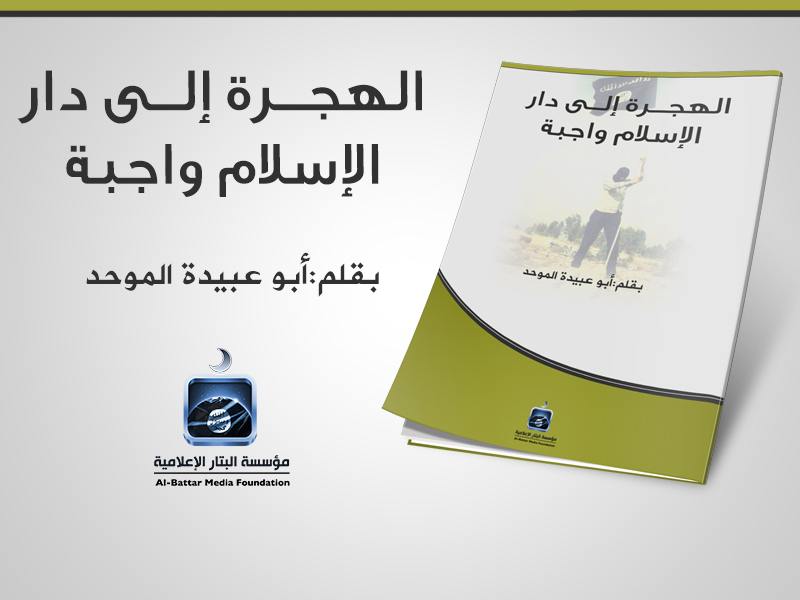NOTE: For prior parts in the Clear Banner series you can view an archive of it all here.
—
The Death of Moroccan Exceptionalism: A Brief History of Moroccan Salafi Jihadism and Current Jihadist Trends
By Jeffrey D. Palmer
As the conflicts in Syria and Iraq continue to attract foreign fighters, nations around the globe are formulating policies designed to mitigate the threat of radicalized and battle-hardened returnees from conducting terrorist attacks in their countries of origin. In the case of the Kingdom of Morocco, a real threat has emerged from the unprecedented mobilization of Moroccan jihadists to the region. The basis of this threat is illustrated by a parallel case of the returning Moroccan contingent trained in Afghanistan during the Taliban rule of the late 1990s. Here, hundreds of Moroccans received radical indoctrination and training in heavy weapons and explosives throughout various Salafi jihadi training camps. The knowledge and experience gained in these camps were subsequently employed in Morocco’s first-ever domestic terrorist attacks – a series of suicide bombings in the kingdom’s economic capital of Casablanca. In Syria and Iraq, over one thousand Moroccan nationals and hundreds of Europeans of Moroccan origin have now joined extremist organizations. Many members of these organizations have explicitly stated their intentions to perpetrate violent attacks in Morocco upon their return. Morocco and its monarchy, once the exception to Salafi jihadist domestic terrorism, has now become the direct target of such attacks.
The Vanguard of Moroccan Salafi Jihadism:
The events on May 16, 2003 marked the end of “Moroccan Exceptionalism” – the notion that Morocco’s Maliki school of Sunni jurisprudence had made the kingdom impervious to Salafi jihadist terror attacks. On that day, twelve suicide bombers detonated their explosive devices and ripped through the streets of Casablanca, killing themselves and 33 civilians. Under a subsequent anti-terrorism law, some 5,000 individuals would be arrested in a matter of months as the Moroccan government scrambled to bring any person associated with the attacks to justice. Operating under a broad definition of terrorism, many of the individuals caught up in the dragnet were swiftly convicted for crimes ostensibly related to the incident. Although the Moroccan authorities may have hoped to retain national prestige by attributing the attacks to foreign actors, the evidence pointed to an organization called the Moroccan Islamic Combatant Group as having a key role. The vanguard of Moroccan Salafi jihadism had arrived.
Salafi Jihadist Terrorism in Morocco:
The Moroccan Islamic Combatant Group (MICG), a Salafi jihadist organization founded in Afghanistan, was implicated as having a key organizational role in the 2003 Casablanca bombings. A year later several leading members of the MICG were convicted for their involvement in the 2004 Madrid train bombings. In light of these incidents, Moroccan security forces, in collaboration with European counterparts, worked to dismantle the MICG and liquidate the organization’s leadership with an aggressive counterterrorism campaign. However, in March and April of 2007, another string of attacks involving cells linked to MICG members would occur throughout Casablanca. In contrast to the 2003 bombings, these attacks were remarkably unsuccessful and claimed only one life besides those of the bombers. Although the lack of organization provided some insights with regards to the organization’s apparently declining capabilities, the 2007 attacks demonstrated to the Moroccan government that the threat of domestic Salafi jihadism remained a preeminent issue of national security.
Four years later, another incident would materialize in the wake of the so-called Arab Spring. On April 28, 2011, an explosive device was remotely detonated in the Argana Café, a restaurant frequented by tourists in Marrakech’s thriving Jemaa al-Fna markets. The blast claimed 17 lives and was attributed to an independent Moroccan jihadist cell. As Jack Kalpakian aptly wrote of Moroccan Salafi jihadist intentions, “The aim of these attacks was to wage war against both the Moroccan state and the society it represents because it views both as pagan.” In order to better understand how this Salafi jihadist ideology gave rise in Morocco, it is necessary to look back to the 1970s, during the reign of King Hassan II.
From Moroccan Wahhabism to the Moroccan Islamic Combatant Group:
In the mid-1970s, Morocco’s King Hassan II attempted to gain political leverage over the rising Islamist and leftist parties by establishing bilateral relations with the Saudi Kingdom. In return for financial support to be used for the conflict in the Western Sahara, the Moroccan king allowed the Saudis to import their Wahhabi version of Islam into the country. With virtues of political conservatism and obedience to rulers, the Wahhabist school of thought seemed to align with the greater Moroccan political agenda. However, King Hassan II’s strategic alignment with the Saudi kingdom would have grave consequences, as it would greatly contribute to the rise of the Salafi jihadist phenomenon in Morocco.
By 1991, as the United States was staging troops in Saudi Arabia for the conflict in the Gulf War, radicalization among Moroccan Wahhabist leaders began to emerge. During this time, Moroccan clerics were being attracted to the Saudi Islamic tradition in part because of the vast economic resources being provided by the oil-rich Riyadh. These conditions gave rise to notable Moroccan Wahhabi clerics such as Mohamed Fizazi, who had by this time declared open support for Osama bin Laden’s vision. Fizazi promoted a strict Islamic ideology with an emphasis on jihad. His group would come to be branded by the Moroccan government as “Salafia Jihadia.”
In September 1996, the Taliban had consolidated political power and installed the Islamic Emirate of Afghanistan. As a result, some Moroccan Salafists began to migrate to Afghanistan in order to take part in the manifestation of the Salafist ideology. The small Moroccan foreign fighter contingent in Afghanistan had originally joined the ranks of the Libyan Islamic Fighting Group (LIFG). By this time, the Libyans had already established installations designed to facilitate and train incoming foreign fighters from North Africa.
As the Moroccan foreign fighter contingent in Afghanistan grew larger, the MICG would be formed. At a meeting in London in early 2000, al-Qaeda’s Abu Qatada al-Filistini would give his blessings to the leaders of the incipient organization, Mohammed Guerbouzi and Noureddine Nafia, on the formation of the Moroccan Islamic Combatant Group. In this meeting, Abu Qatada emphasized the importance of strong organizational infrastructure and strategic vision. Abu Qatada additionally informed Guerbouzi and Nafia that attacks against the Kingdom of Morocco would be permissible. A subsequent mutual agreement between the leadership of both organizations, apparently made in good faith, allowed Moroccans belonging to the LIFG to join the MICG.
According to testimony provided by Noureddine Nafia, a meeting with Ayman al-Zawahiri in July 2000 would yield even greater collaboration between the MICG and al-Qaeda. After the meeting, and with consent from the Taliban, al-Qaeda trainers assisted the MICG in establishing a reception center in Jalalabad and a training camp called Tarek ben Ziyad. At Tarek ben Ziyad, members of the MICG underwent further religious indoctrination; learned how to falsify identification documents; and received training on coordinated and remotely detonated explosive devices. MICG members also continued to receive training in weapons and explosives at al-Qaeda and LIFG training camps.
In August 2001, leaders of the MICG would meet Osama bin Laden for the first time in Kandahar. Here, bin Laden urged the leaders to establish a jihadist base within Morocco. Shortly after their meeting, Osama bin Laden granted permission for the MICG to access all al-Qaeda affiliated camps in Afghanistan. However, upon the 2001 U.S. invasion of Afghanistan, most MICG members fled the country. As a result, many Salafi jihadists brought their new skills back to their countries of origin.
Saad al-Houssaini, “The Chemist,” was one such member. Having traveled to Afghanistan in early 1997, al-Houssaini had trained in al-Qaeda camps and had made contact with al-Qaeda leadership, including Ayman al-Zawahiri Jama’at




